A Guide to Romania’s Danube Delta
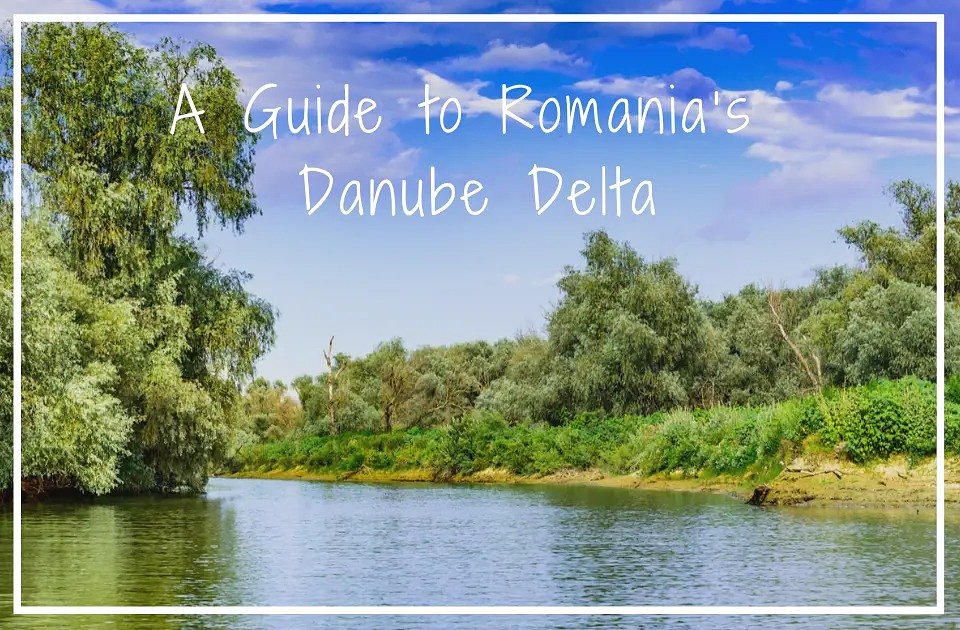
Posted on Sat 10 Jul 2021
Romania’s Danube Delta is a fascinating, mysterious and entirely unique environment that has to be seen to be believed. Having been featured in David Attenborough’s ‘Seven Worlds, One Planet’ wildlife series, we wanted to open the door on the entirety of what the Danube Delta has to offer.
From the history of the region to the breathtaking wildlife, the Delta is a place like no other. To discover the magic of Romania’s Danube Delta, read on…
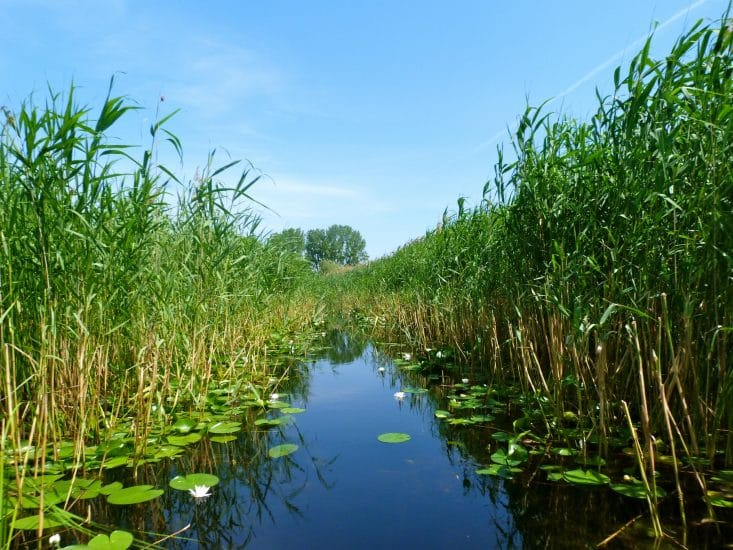
An Introduction to the Delta
For those of you not versed in geological phenomena, the word ‘delta’ may not mean too much. For older readers, you may be thinking of the Italian, Lancer-produced hot hatch popular in the 80s. There is also the US-based Delta Air Lines.
In fact, a river delta is a location that is created by the deposition of sediment that has been carried by a river as the flow leaves the mouth and encounters slower-moving or stagnant water. This slower moving water would typically be an estuary, a sea or an ocean.
The sediment, too heavy to be carried by the slower water, drops to the bottom and begins to form small masses of land. These blocks of land, formed across hundreds of years, would often rise in the middle of the river, and once high enough, split the flowing water, creating two smaller streams either side.
These small islands would continue to form and grow, creating smaller and smaller divisions of streams while the land advanced into the sea or ocean.
There are numerous deltas across the world, with the largest being the Ganges-Brahmaputra located in Bangladesh and India. This delta measures roughly 105,000 square kilometres, compared to the Danube’s 4,100.
Despite this, the Danube Delta is by no means a small location and is the equivalent to roughly 300,000 football pitches.
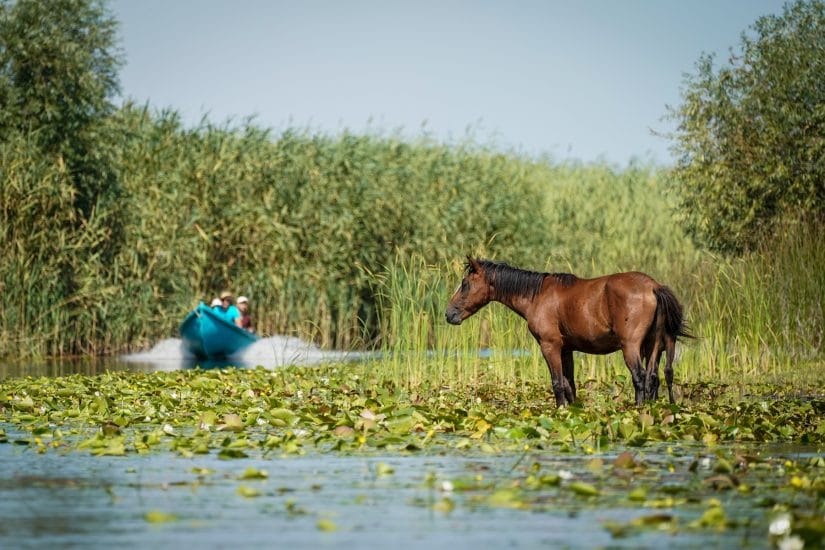
Wildlife
Wildlife is the Delta’s currency, trading in hundreds of wild bird species, a diverse array of aquatic life, and interesting and unexpected land animals, such as wild horses and tortoises. The concoction of wildlife, although unprecedented in variety, is not surprising when considering the isolation and fertile nature of the region.
It is by far the least densely populated region of the country, with an average of two people per square kilometre. Roughly 25% of the Delta’s 20,000 inhabitants can be found in the port of Sulina, a small and charming town hidden among the great mass of uninhabited land.
In the air, over 300 different bird species can be seen in the region, with some of Europe’s most exciting and exotic birds such as the great white pelican, the European roller, Eurasian spoonbill and glossy ibis to name but a few.
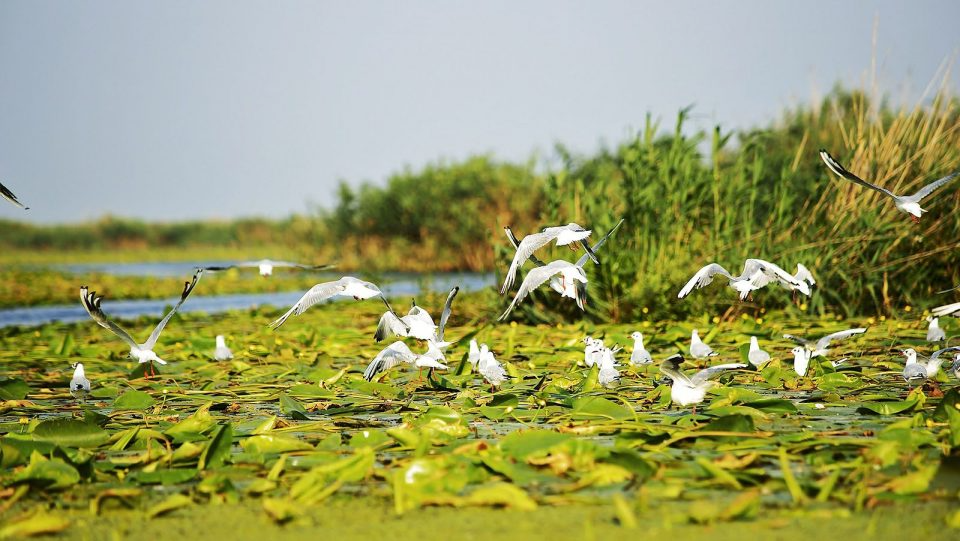
The pelicans, as expected, are the stars of the show, with smaller boats being able to get up close to the elegant creatures.
Birdwatching is extremely popular on the Delta, with people travelling from across Europe to see the beautiful range of species present in this area. Binoculars are a must if you plan to spend time searching out more uncommon species as they can often be hard to see among the natural landscape.
Under the surface, there is a wealth of marine life that sustains the diets of the hungry pelicans, including carp, sturgeon and bream. This presents an excellent opportunity for local fishers who either catch the fish to sell or to eat themselves.
You may also encounter the beluga sturgeon, the largest freshwater fish in the world, capable of growing up to around seven meters in length and have life spans up to 100 years, with the oldest recorded aged at 125 years old.
When it comes to land animals, the spectacle is almost that of a rainforest, or safari park, with a great diversity of species and animals living alongside each other in unlikely partnerships. Wild horses are often seen in the region, with roughly 4,000 of them living in the Danube Delta.
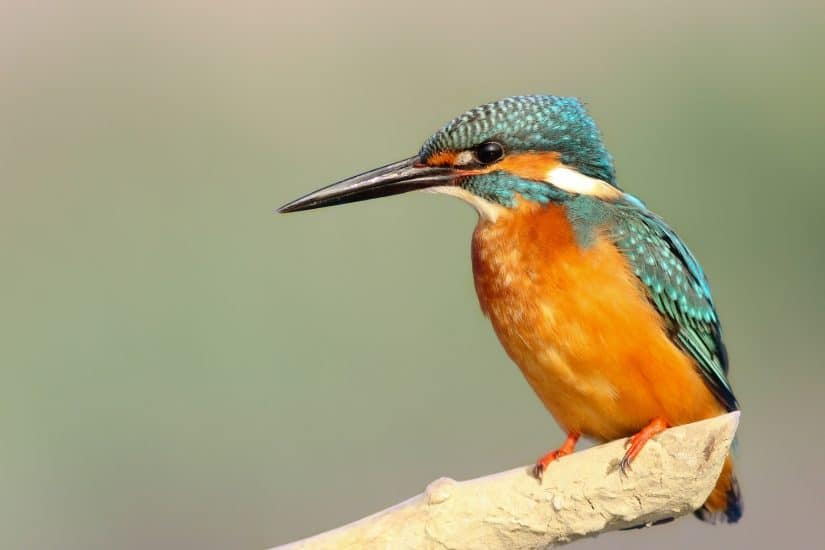
Although it is a magnificent spectacle to see such graceful animals living in a natural environment, it has also caused concern with the possibility of overgrazing, potentially destroying some of the rarer or threatened species of flora.
Romania is also home to a small number of unique species of amphibians, that cannot be found anywhere else outside of the country.
The most common amphibians found in the Delta are frogs and toads, although there are also a small number of species of snakes living in the region. Included in this is the horned viper, described as the most dangerous snake in Europe. It is also possible to spot turtles and tortoises in the area, as there are only a handful of potential natural predators.

History
It is estimated that the Danube Delta began to form around 4000BCE when sea levels stopped rising around the globe, and landmasses began to regain the ground that had previously been underwater. This means that all deltas across the globe can be traced back to roughly the same period in our history.
Nowadays, due to the construction of dams further up the Danube river, sediment does not flow as freely as it once did, creating a sediment deficit.
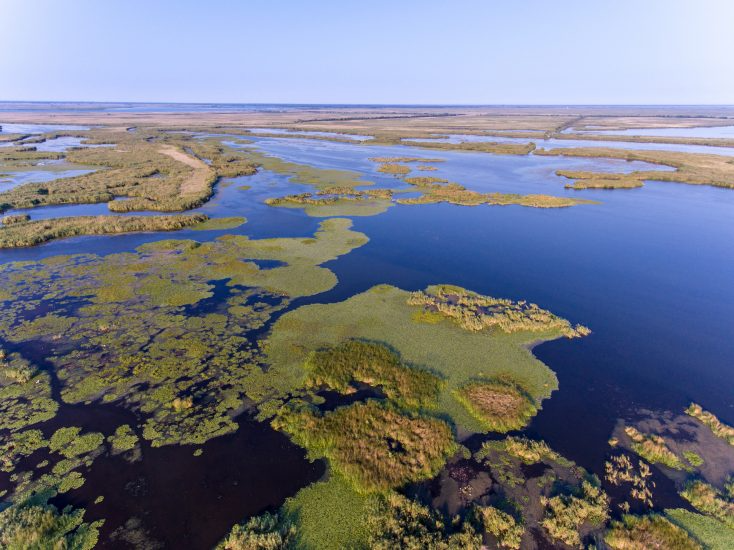
The Delta has played an important part in Romania’s history, acting as a port for ships to pass through and allow merchants to bring products into the country. Initially inhabited by the Dacians, a population that was present in countries such as Romania and Moldova, they were then conquered by the Romans.
More invasions ensued throughout the centuries, and the Delta eventually came under the ownership of the Ottoman Empire in the 15th century. Fast forward a few hundred years to 1878 with the fall of the Ottoman Empire at the hands of Russia and Romania; the Delta was officially made part of Romania as the borders were set between the nations.
In the last couple of decades, it has been recognised as an important environmental reserve, being classified as a UNESCO World Heritage site in 1991 and established as a biosphere reserve in 1998.
Visiting The Delta
The best way to get the most out of a visit to the Danube Delta would be to book a group or private tour with a qualified tour guide. Venturing into the area on your own is not advisable, both for safety reasons and because you likely won’t get the most out of your journey.
With a qualified guide, you’ll be shown different species of plants and animals, along with talks on what the area is used for now.
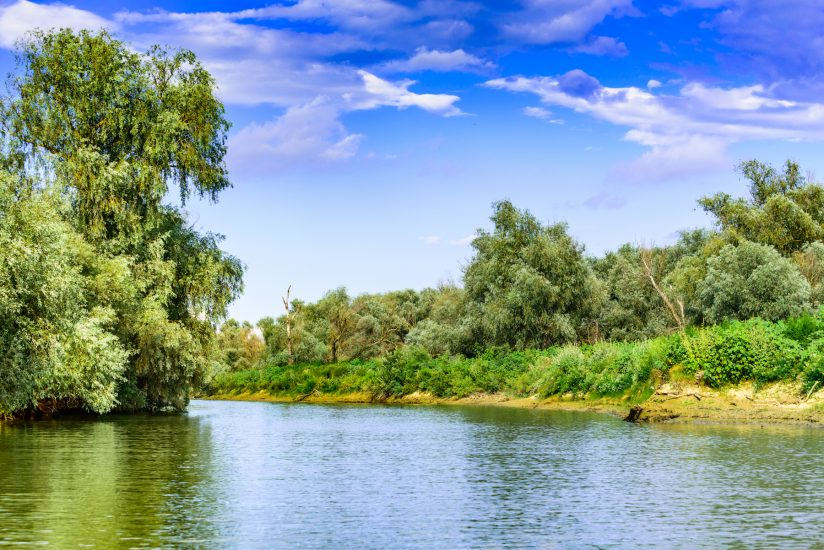
Most of, if not all local transport is water-based, with very few cars present in this region. This does also mean that the air quality is amazing, with very little pollution due to the remoteness of the region.
As you make your way around the delta, you’ll notice that the difference between the air within a city and that in the delta, for those that suffer from asthma or from allergies, the difference will be obvious.

Many tour operators are based in Tulcea, an Eastern city that sits slightly inland from the coast, roughly four hours from Bucharest while driving. You could also choose to book an experience with us, as this will show you all the best parts of the country, while still immersing you in the authentic, day to day culture of Romania, without making you feel like a tourist!
You’ll be able to experience Transylvania, the central region of Romania, along with exploring the Delta and the coast too! For more information on Romania and how to travel this amazing country, check out our blog. Alternatively, if you’re ready to book your next adventure, click here!
Read more from our blog here
